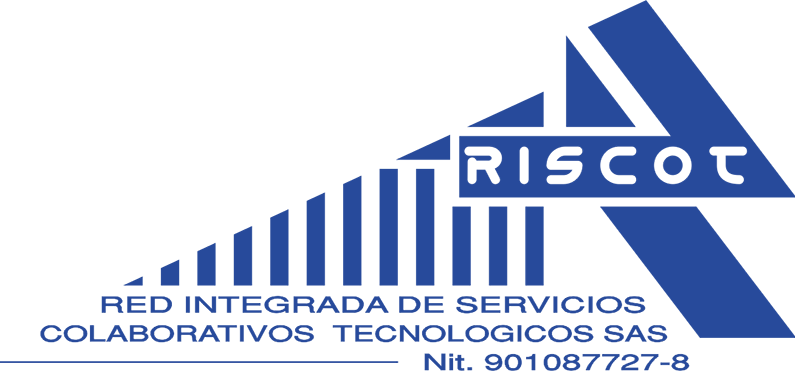What Is The LIFO Method? Definition & Examples

This is why FIFO is often referred to as the original price method. In other words, under FIFO, the cost of materials is charged to production in operating profit vs net income the order of purchases. In addition, consider a technology manufacturing company that shelves units that may not operate as efficiently with age.
What Types of Companies Often Use LIFO?
Companies use cost flow assumptions like FIFO, LIFO, and average cost to simplify the process of tracking inventory and calculating the cost of goods sold (COGS). These methods help manage inventory costs when identical items are purchased at different prices over time. FIFO, LIFO, and average cost provide systematic approaches to determine which costs are assigned to COGS and ending inventory, ensuring consistency and accuracy in financial reporting. These assumptions do not need to match the physical flow of goods, allowing for flexibility in accounting practices. It is up to the company to decide, though there are parameters based on the accounting method the company uses. In addition, companies often try to match the physical movement of inventory to the inventory method they use.
COGS Valuation
The cost of inventory can have a significant impact on your profitability, which is why it’s important to understand how much you spend on it. With an inventory accounting method, such as last-in, first-out (LIFO), you can do just that. Below, we’ll dive deeper into LIFO method to help you decide if it makes sense for your small business. First in, first out (FIFO) is an inventory costing method that assumes the costs of the first goods purchased are the costs of the first goods sold.
Business
The big question still being debated is whether or not U.S. tax law will change to accommodate the move to IFRS. This is very important to U.S. companies, as generally, applying LIFO has had a cumulative impact of deferring the payment of income taxes. If companies must change to FIFO or weighted average costing methods for tax purposes, that could mean substantial cash payments to the IRS.
Your Financial Accounting tutor

The result is a lower cost of goods sold, higher gross margin, and higher taxes. Using FIFO simplifies the accounting process because the oldest items in inventory are assumed to be sold first. When Sterling uses FIFO, all of the $50 units are sold first, followed by the items at $54. This average cost per unit is then used to determine COGS and the value of ending inventory. Another reason why businesses would use LIFO is that during periods of inflation, the LIFO method matches higher cost inventory with revenue.
- Knowing how to manage inventory is a critical tool for companies, small or large; as well as a major success factor for any business that holds inventory.
- Learn more about what LIFO is and its impact on net income to decide if LIFO valuation is right for you.
- This count reveals the quantity of items left, which is then valued using the chosen cost flow assumption (FIFO, LIFO, or average cost) to determine the monetary value of the ending inventory.
If Kelly’s Flower Shop uses LIFO, it will calculate COGS based on the price of the items it purchased in March. The FIFO method is legal because it enforces that the oldest expenses and therefore costs should be deducted from assets. This enforces that all payments and costs are accounted for according to the number of days they were in use. The materials used in a job or process are charged at the price of their original purchase.
For example, a company that sells seafood products would not realistically use their newly-acquired inventory first in selling and shipping their products. In other words, the seafood company would never leave their oldest inventory sitting idle since the food could spoil, leading to losses. Michelle Payne has 15 years of experience as a Certified Public Accountant with a strong background in audit, tax, and consulting services. She has more than five years of experience working with non-profit organizations in a finance capacity.
The FIFO (First-In, First-Out) method in a perpetual inventory system has several advantages and disadvantages. Advantages include a more accurate reflection of inventory costs, as older, potentially lower-cost items are sold first, which can result in higher net income during periods of rising prices. It also aligns well with the actual physical flow of many products. However, disadvantages include potentially higher tax liabilities due to higher reported income and less relevance in industries where the newest items are sold first. Additionally, during periods of inflation, FIFO can overstate profits and inventory values. If inflation were nonexistent, then all three of the inventory valuation methods would produce the same exact results.
Last in, first out (LIFO) is a method used to account for business inventory that records the most recently produced items in a series as the ones that are sold first. FIFO is also generally considered to be a more accurate and reliable inventory valuation method since it is more difficult to misrepresent costs. As such, FIFO is a generally accepted accounting principle in almost all jurisdictions, whereas LIFO accounting is only accepted in some.
